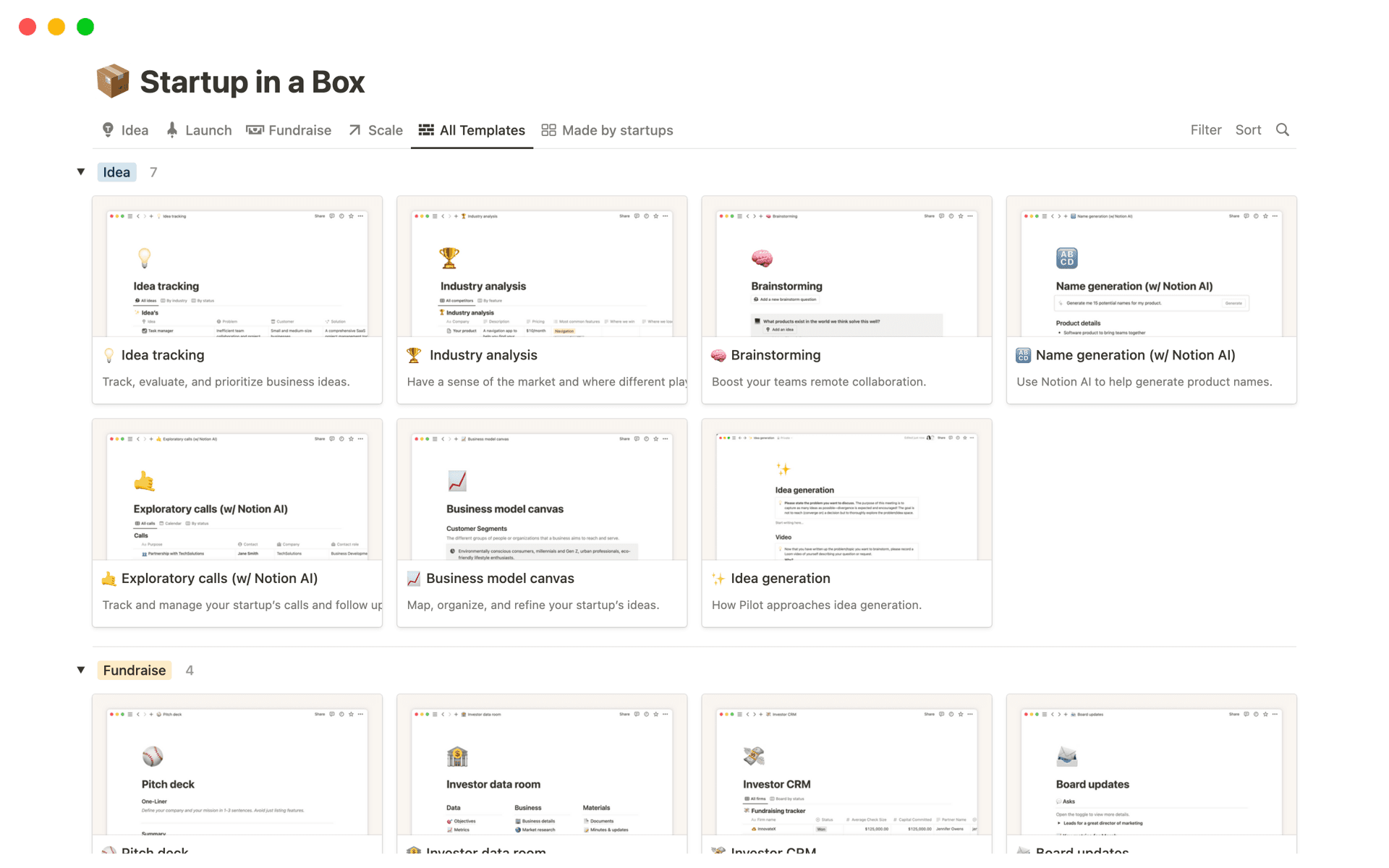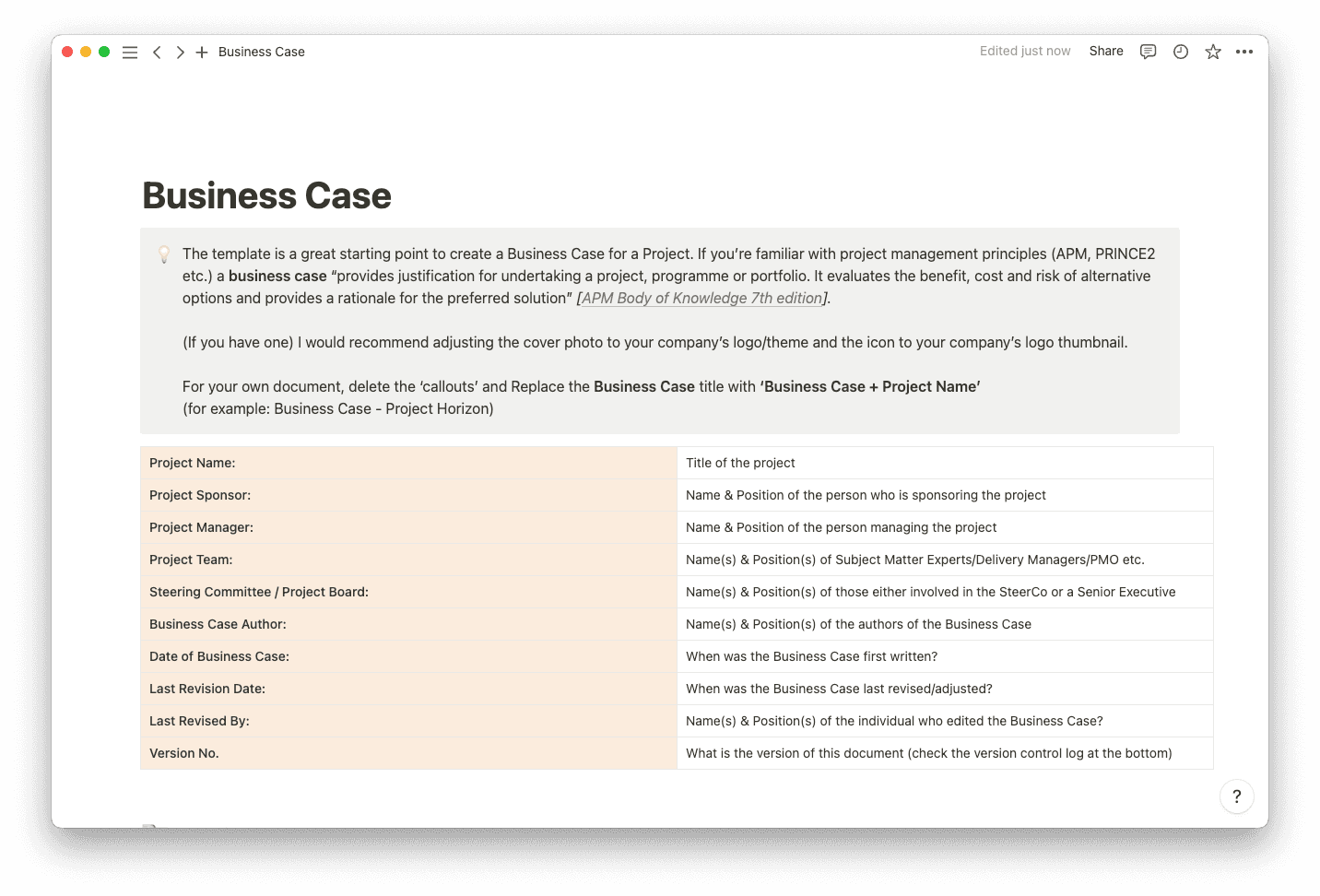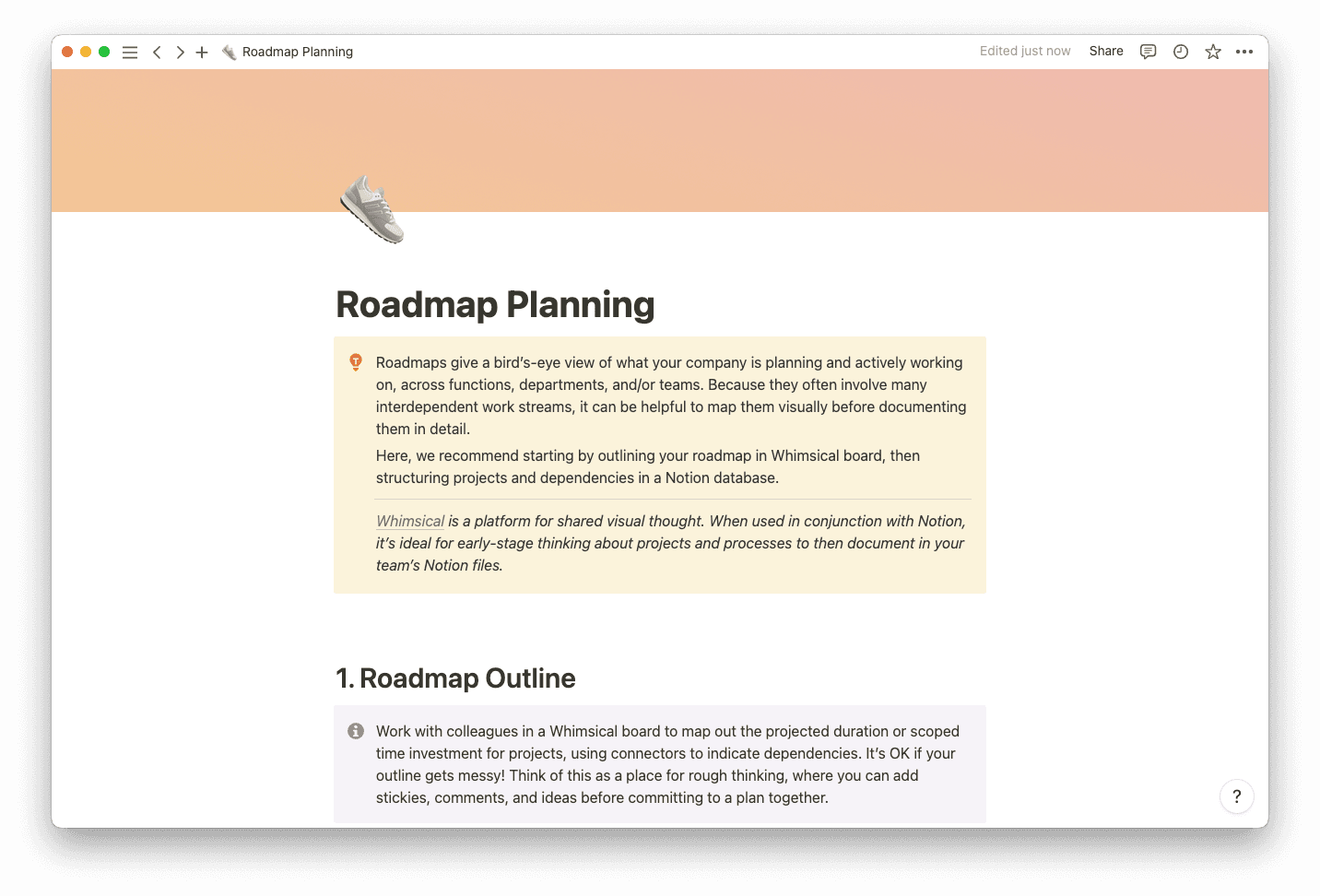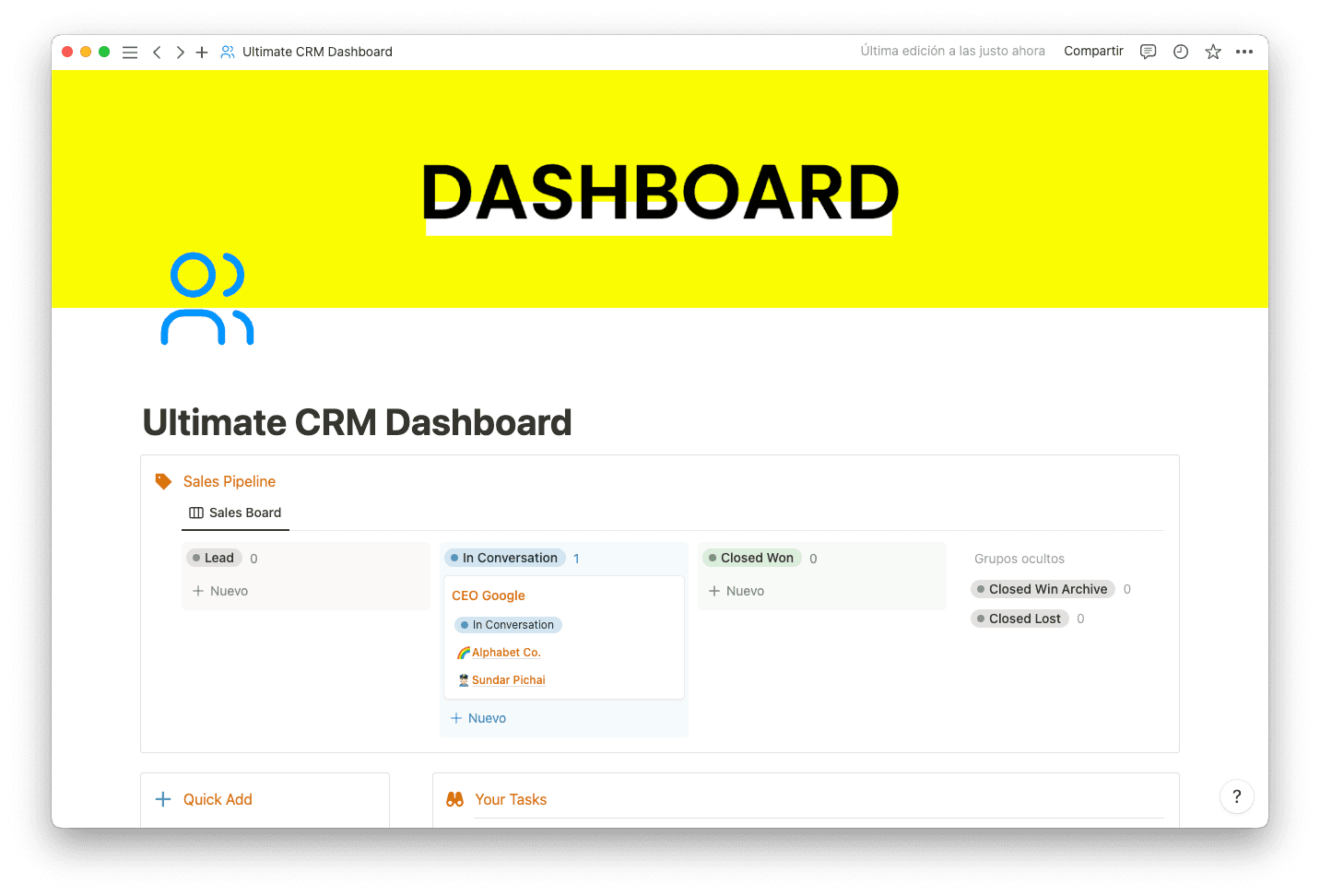Starting a business requires more than an idea. It demands a plan.
As new companies scale and established ones coast, leaders rely on their business plan as a North Star to guide decisions. A well-drafted plan gives teams wings — and a bad one (or not having one at all) sends them crashing to the ground.
Every founder knows that planning ahead is a vital step, but it’s easy to overlook the process of actually learning how to create a business plan. Luckily, you can break it down into nine simple steps to write a clear roadmap.
What’s a business plan?
A business plan outlines the vision for a company’s growth, key milestones, and overall goals. It’s a detailed document that often includes:
The business model
Financial plan
Market analysis
Competitive analysis
When anyone looks at a business plan — even if they know nothing about it — they should quickly understand what the company does, who its customers are, and how it aims to make money. That makes it a key doc for stakeholders and investors, along with your proposal and projections.
But it also serves as a reference for founders and teams as to why it started in the first place and the goals you want to accomplish. Once a company’s up and running, the plan can serve as a knowledge base so everyone knows the company's vision and doesn’t lose sight of it.
Why create a business plan?
A business plan documents everything employees and stakeholders alike need to know about your operations. It’s especially critical in six areas of starting a business:
Communication — a business plan shows everyone involved a clear sense of direction. It gets stakeholders up to speed and aligned on the overall strategy.
Finances — investors and lenders need to see a concrete plan before they invest. Having detailed documentation can be the key to fundraising.
Strengths and weaknesses — creating a plan forces you to look critically at what you’re doing well and what might need to change.
Milestones — as the company grows, everyone can reference the same doc to see which goals they’ve reached and where there’s still room for improvement.
Partnerships — this doc helps you sell the company vision and outline reasons to invest, painting the picture of your successful future.
Profitability — mapping out the cash flow in your plan helps everyone understand your inputs and outputs, and could highlight problems before they happen.
5 types of business plans
Sole proprietorships or small business owners might opt for a simple or lean business plan, and those seeking investments or fast growth might prefer a traditional or growth-oriented option. It all depends on your company's size and goals. Here are the types and what each is best for:
1. Simple business plan
A simple business plan is a short, informal document that outlines the business idea and a brief market analysis. This is ideal for small operations that need a basic plan without the bells and whistles.
2. Traditional business plan
A traditional business plan provides a comprehensive overview of your goals, strategies, and place in the market. It includes many details, such as:
An executive summary
The company description
A market analysis
The organizational structure
Product or service descriptions
Financial projections
You might need to make this type of plan when seeking funding from banks or investors. It takes time to create, so it might be best to start with a simpler plan and move up from there if you don’t need one right away. You might also want to limit the plan to one, two, or three years.
3. Lean business plan
These are more detailed than simple plans but less comprehensive than traditional ones, outlining only the most important details — usually tactics, market research, and financial plans. This means you can update them easily without disrupting the whole doc, which makes them best for startups that expect rapid changes.
4. Startup business plan
Startup business plans are all about your first steps. They touch on many of the exact details as the other types, but they emphasize your vision for the first year or so.
5. Growth business plan
A growth business plan is best for established companies who want to expand in some way. They may have a new product, want to boost manufacturing, or aim to open a new location. These hyper-focus on those untouched areas of growth and how they’ll impact the company.
Business plan steps: How to write one
Whether you’re using a business plan template or starting from scratch, your plan needs to hit a few key points. These aren’t all necessary for every type, but they’re good to include if you want to be as comprehensive as possible. Here are nine components of a compelling plan:
1. Executive summary
This is a brief overview of the business — what it does, who it serves, and why it’s unique. It appears at the beginning to guide the rest of the content.
2. Company description
Include key information about the business, such as its legal structure, location, and products or services. You’ll go into more detail later, so stick with the basics.
3. Market analysis
This section requires research into the target market. Highlights should include trends, competitors, and customer personas, along with what the company’s doing about them.
4. Organizational structure
It’s critical to have details about how the company is structured and how the management fits into the equation. Roles, responsibilities, and other information round out this section.
5. Product or service
Whatever product or service the company provides should appear here. Explain what makes the offering unique and marketable, along with any important details about manufacturing and distribution if relevant.
6. Sales strategy
This is the plan for how to attract and retain customers. It should include, or link out to, a comprehensive sales and marketing plan.
7. Funding request
If you’re sharing the plan with investors, it should explain how much money you’re requesting and how you’ll use it. Consider the investor's perspective and what sort of ROI they could reasonably expect.
8. Financial projections
Standard practice for this section involves income statements, cash flow statements, and balance sheets. For startups, consider including a break-even analysis to show how the company will begin to turn a profit.
9. Appendix
At the end of the plan, the appendix includes any additional documents. This could be contracts, credit histories, or biographies of the founding members — whatever’s relevant.
5 tips for writing a business plan
This document could either bore your readers or spark life-changing interest, so write it wisely. Here are five things to keep in mind to steer clear of common pitfalls and stand out from the crowd:
Conduct thorough research — take time to thoroughly research and understand the market. You’ll need in-depth expertise to get ahead, and it shows stakeholders you know what you’re doing.
Define the target audience — rather than trying to appeal to everyone, narrow down the audience and find ways to solve the specific needs of a target market.
Explore the competition — it's a market, not a vacuum. See what the competition is doing and plan to compete in the dog-eat-dog business world.
Be realistic — your credibility can take a hit if the numbers don't add up. Stay down to earth rather than shooting for the moon, and try to maintain an objective perspective when projecting growth.
Seek help — no one can do it all by themselves. Check in with mentors, experts, or consultants for extra insights when planning.
Power up your business plan with Notion
Notion simplifies creating, executing, and maintaining a solid business plan with expert-created tools and templates.
Notion's intuitive workspace empowers your team to work seamlessly together, updating plans in real time and sharing insights to ensure everyone starts and stays on the same page. Give Notion AI a try today to speed up your writing and transform the way you do business. Try it today.







